
Photo Credit: Sabrina Pozzi
Virtuosity in movement is the ability to do the common, uncommonly well. To achieve a level of virtuosity, and ultimately a higher training capacity requires that we spend time refining our fundamentals.
Here I want to address one of the most foundational movements of the human body: the squat.
When it comes to the squat there are some basic principles that athletes tend to struggle with, or misunderstand when they are first learning the movement pattern. This can lead to a blunted work capacity, a plateau in athletic performance, and in some cases even injury.
Here are the most common errors I seen in athletes performing a basic air squat.
1. Heels:
Keeping one’s weight balanced from the midfoot to heel requires a basic degree of flexibility when performing a squat. When athletes are shifting forward into their toes at any point in the squat they are at risk of overloading the knee joint or at best losing power by relying on the quads to do the bulk of the work.
We want our power to come from our hamstrings and glutes when we squat. By staying rooted in our heels throughout the movement we are able to draw on the posterior chain and achieve maximum power output.
To train this with struggling athletes I often need to address flexibility issues in the ankle, shin, and hip before they can achieve the correct position and maintain it while they squat.
Additionally, I will often have athletes lift their toes to the top of their shoe in order to send their weight back and keep it there. This is meant to be a subtle weight shift that keeps them balanced rather than falling backwards.
Finally, driving through the heels to stand up out of the squat is the most optimal way to generate power in the movement.
2. Knees Out:
When athletes are new to squatting they sometimes struggle with driving their knees out for the duration of the movement. Actively pushing the knees out is necessary for a proper squat and it becomes increasingly difficult with added load in the movement.
As you lower and raise your center of mass you are asking your legs and hips to produce the power from the flexion in the bottom to the full extension in the top. However, at the same time you must be activating your “side butt” (as my coach and I always refer to it) to keep the knees tracking safely in line with the upper and lower leg.
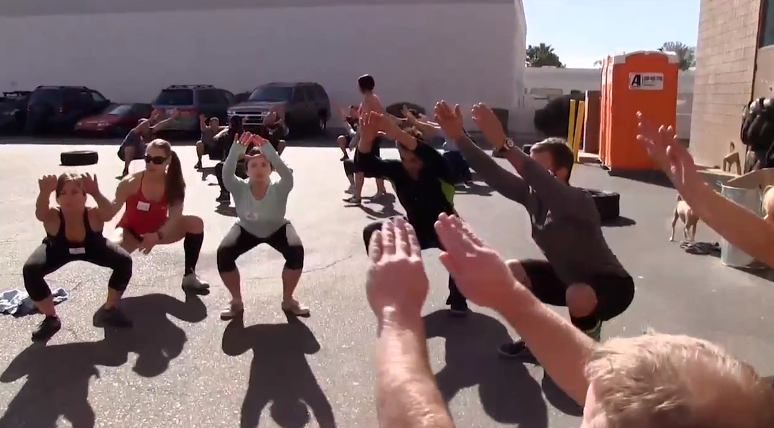
If there is no strength in the side butt then the athlete will struggle to get the full power from the glutes, and as the knees start to collapse inward they are risking injury with the shear force at the knee joint.
Properly mobilizing and warming up ones abductors (side butt) can help in keeping the knees out. I’ll often side step and squat with a band around my knees in warm-ups in order to prep for this. After that it takes awareness and practice with no load in order to maintain this position.
When athletes struggle I may have them squat with a light band around their knees to help create tension or have them hold in the bottom of the squat for up to a few minutes to learn what it feels to be active in this position.
3. Send Hips Back and then Down:
The idea of sending the hips back first before descending straight down in the squat is a concept I often see misinterpreted or exaggerated by athletes. This can cause the hips to travel too far away from the body, which leads to the chest and torso dropping in the bottom position.
The idea behind this cue is to first activate the muscles of the posterior chain (hamstrings and glutes) by initiating the move with the hips sitting back, and then pulling one’s hips down towards the heels in order to maintain an upright torso throughout the movement.
If the hips are very tight (as is the case with many of us), this can be a difficult cue to master. Athletes need to be able to make room for the pelvis in the bottom of the squat by driving the knees out.
Ultimately, athletes should practice this movement pattern and with their weight in their heels and their knees driving out they will be more successful at maintaining an upright torso.
While there are many cues and techniques that you can utilize in order to improve the squat, I’ve found that these three hit on the problem areas of most people. If you continue to take the time to refine your fundamental skills you will be very pleased with the carryover it has to all of your training.

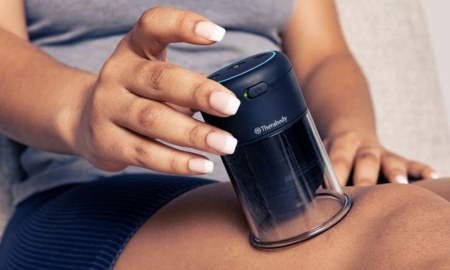
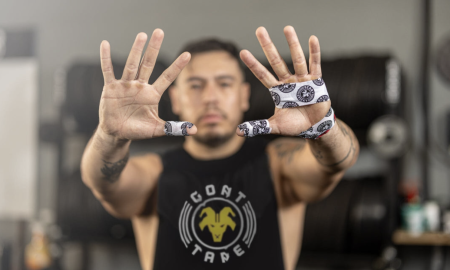

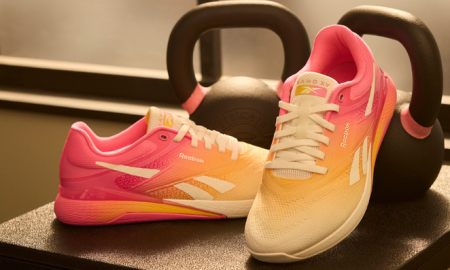
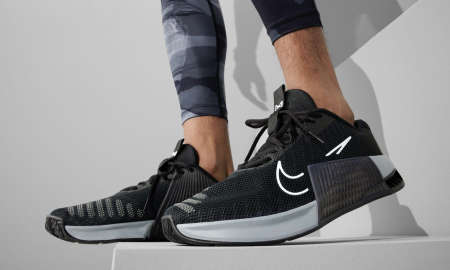
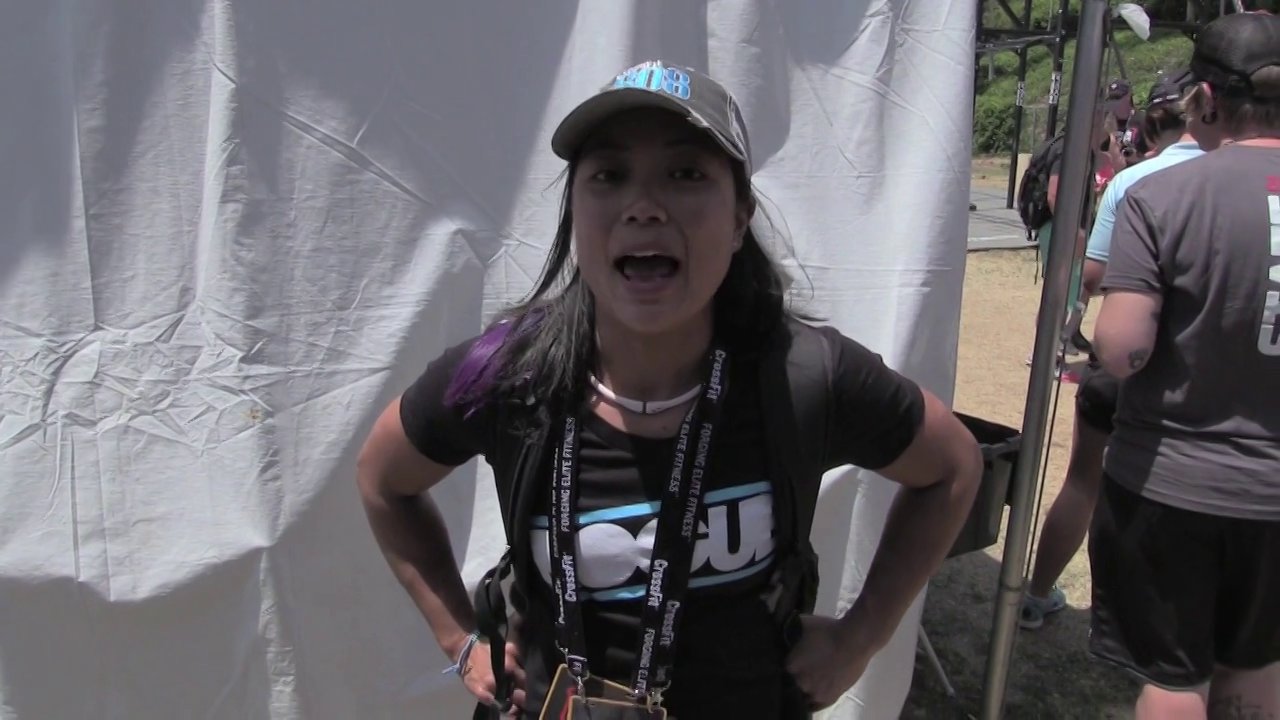


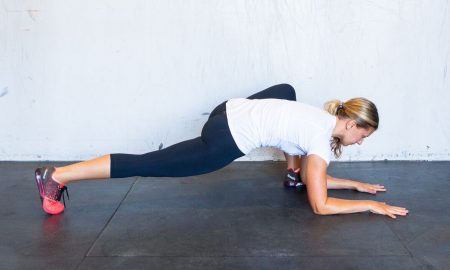







Follow Us